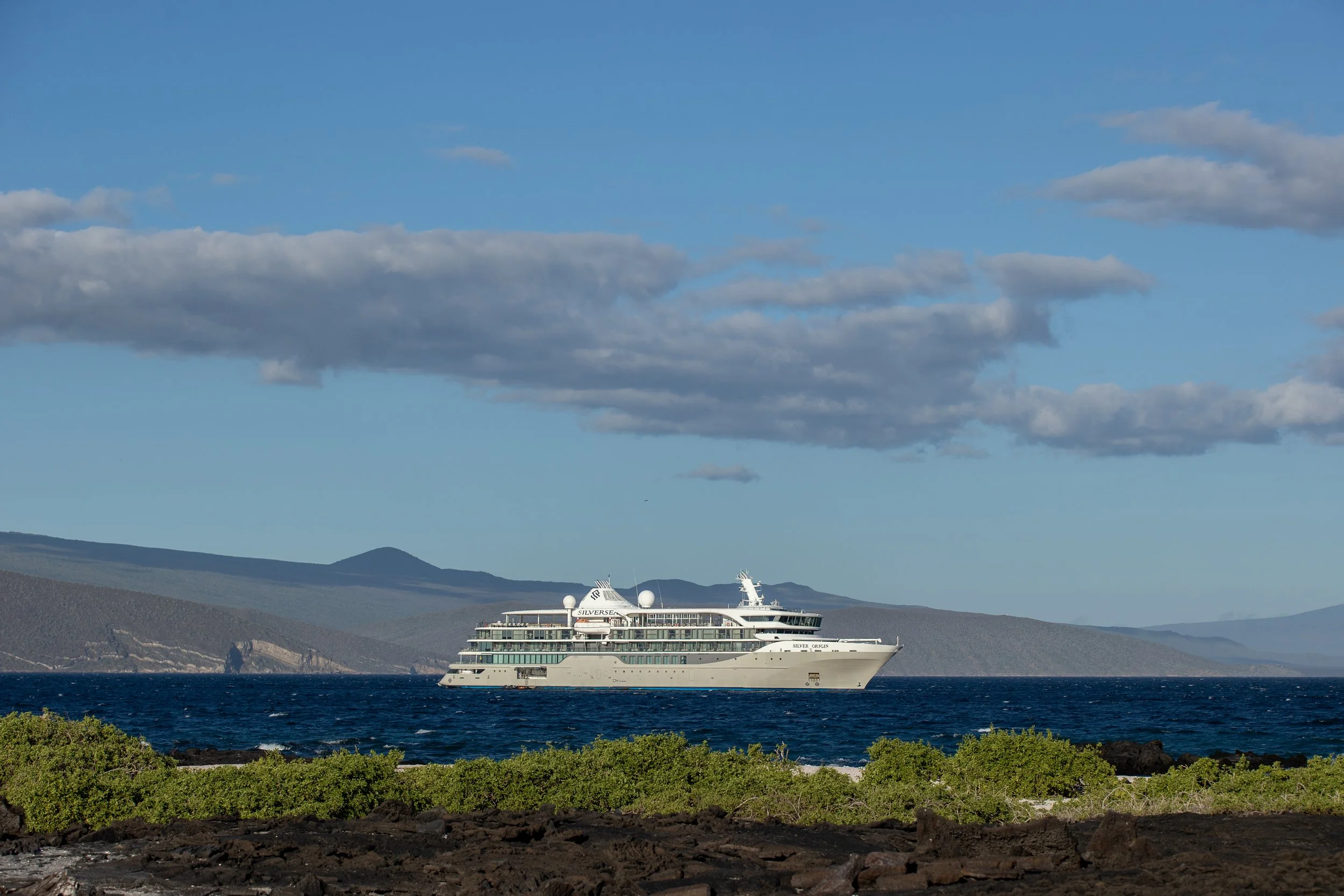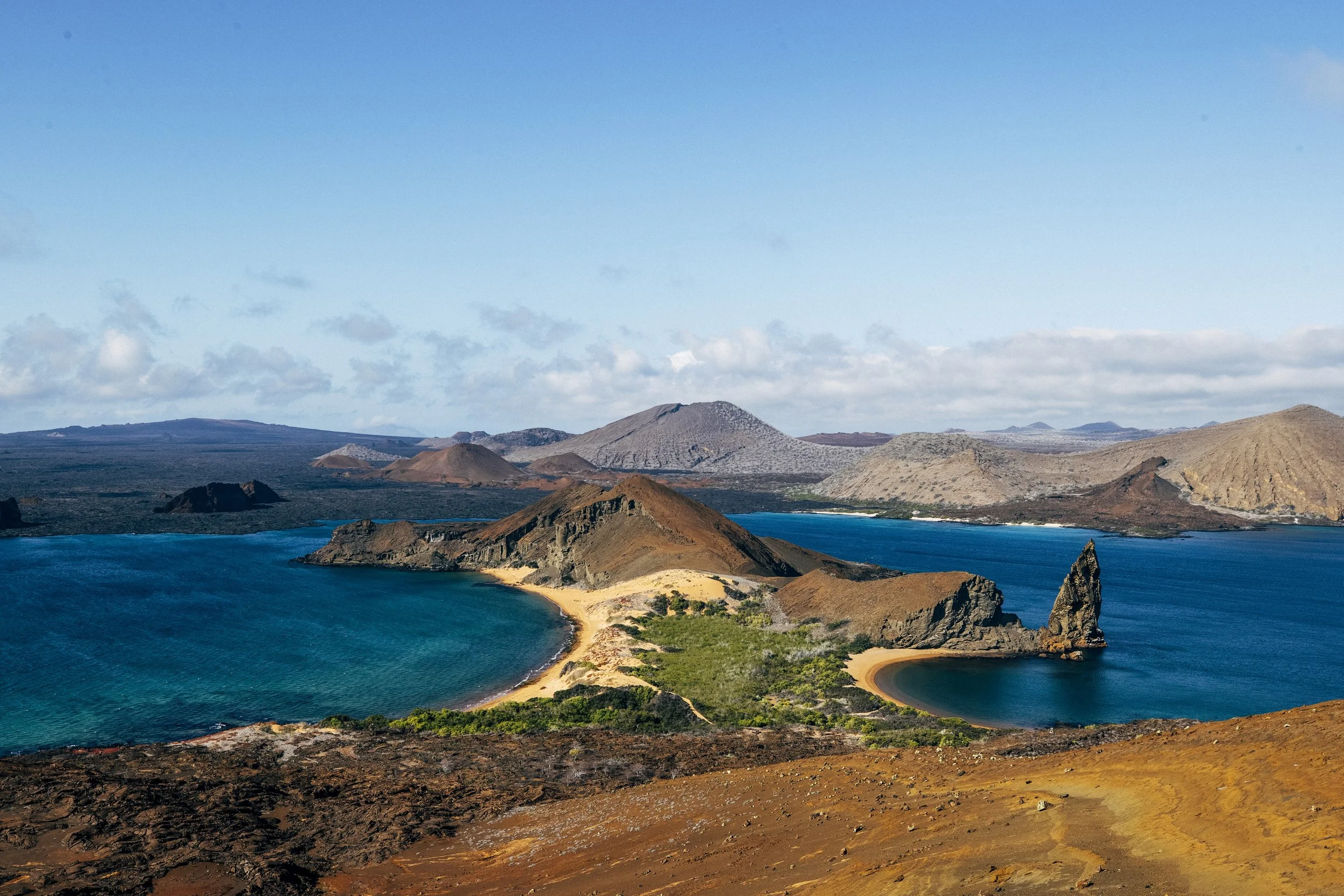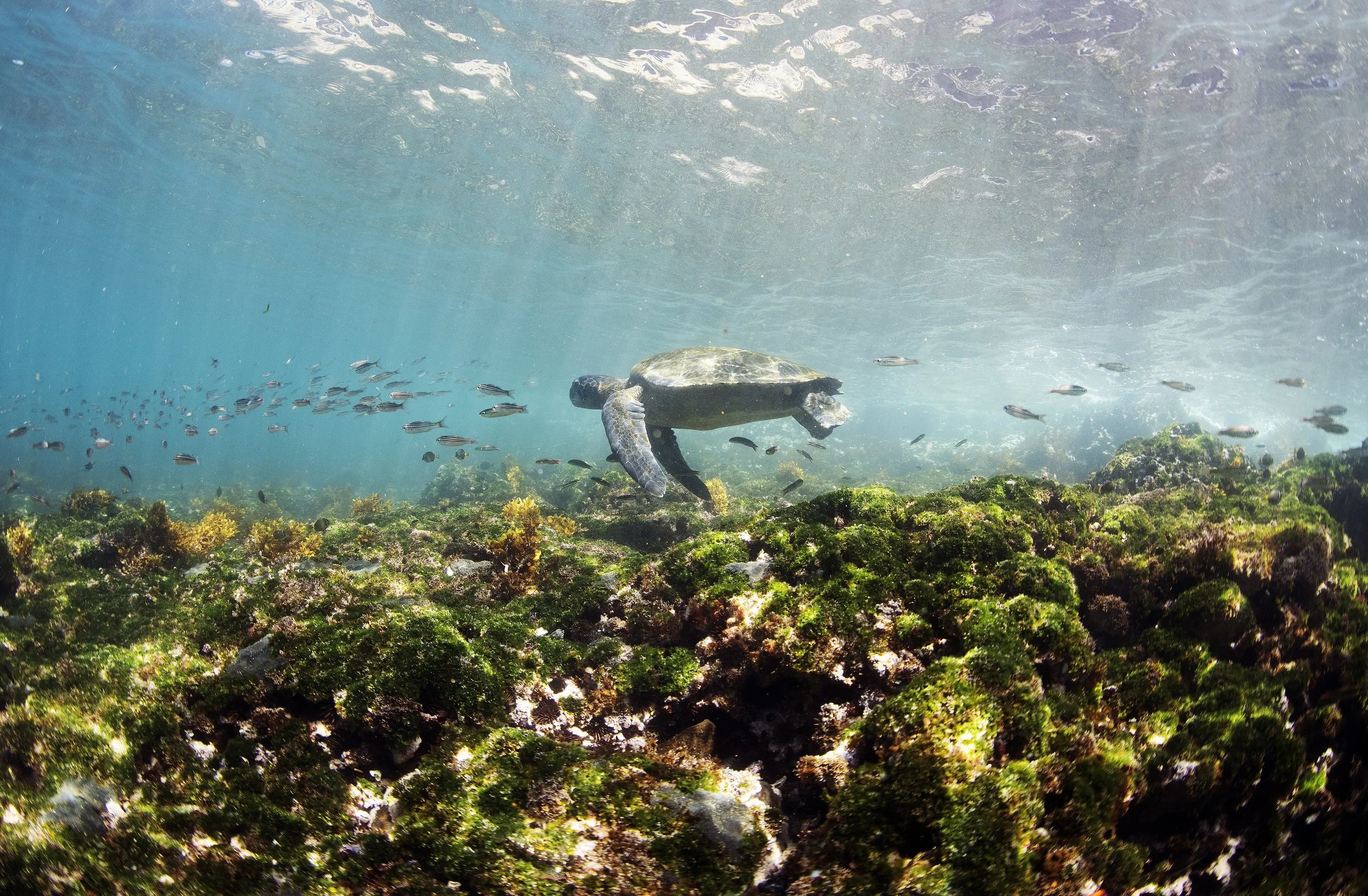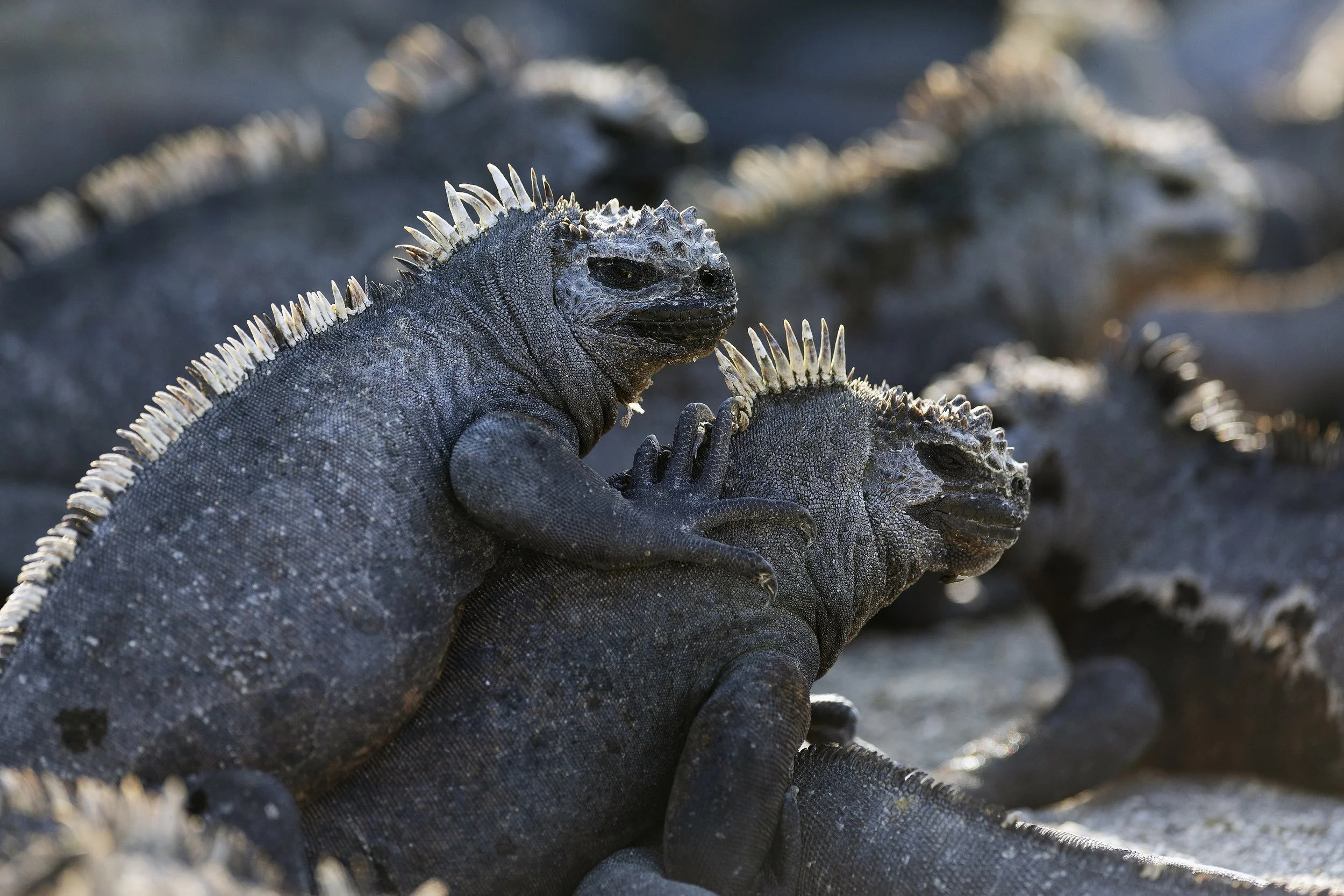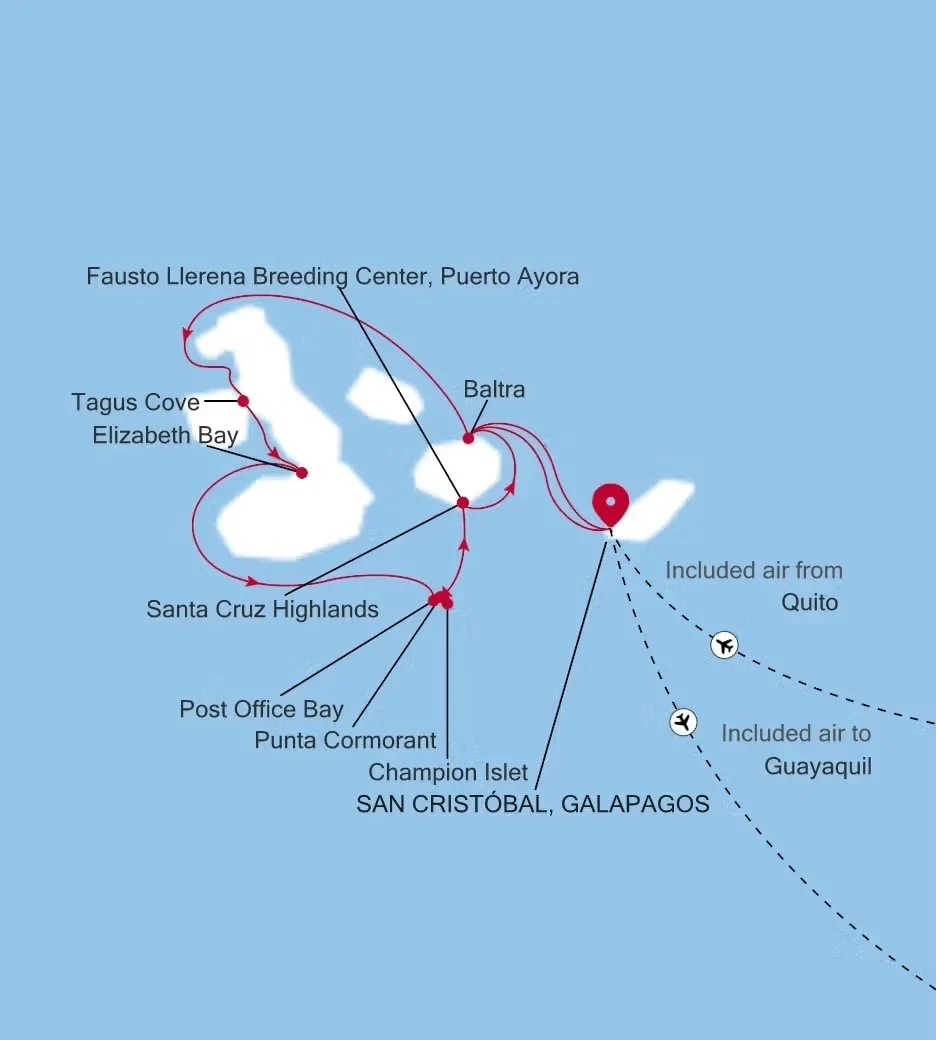Itinerary
-
Two pre-cruise hotel night stays in Quito for all guests
-
Seamless access to San Cristóbal via in-country or group flights, as outlined in your booking confirmation.
-
Like so many of the islands in the Galapagos, San Cristobal is formed by dormant volcanoes. It lies to the east of the archipelago and is one of the oldest islands in the group. Approximately 8,000 people live on the island, making their living from tourism, fishing, in government offices, or off the rich volcanic soils with some limited farming existing in the highlands. Puerto Baquerizo Moreno on the southwestern tip of the island is the capital city of the Galapagos Islands. A statue of Charles Darwin graces the harbor, marking one of the first places he likely stepped ashore in the 1830s.
-
Like so many of the islands in the Galapagos, San Cristobal is formed by dormant volcanoes. It lies to the east of the archipelago and is one of the oldest islands in the group. Approximately 8,000 people live on the island, making their living from tourism, fishing, in government offices, or off the rich volcanic soils with some limited farming existing in the highlands. Puerto Baquerizo Moreno on the southwestern tip of the island is the capital city of the Galapagos Islands. A statue of Charles Darwin graces the harbor, marking one of the first places he likely stepped ashore in the 1830s.
-
Baltra Island, also known as South Seymour, is truly the entrance to the Galapagos Islands. Despite not being considered as part of the National Park proper, Baltra definitely offers a taste of the weird and wonderful nature that thrives on the islands. The island is located in the central part of the archipelago. At just eight sq. mi it is one of smallest islands, yet its flat, volcanic rock surface and central location in the archipelago makes it an ideal place for one of the islands’ two airports. The airport was built by the US Air Force, who used it as an army base during WWII. As a travel destination in itself it offers few attractions, and all travellers who come here are just passing through, either on either way to or from the islands. There is no tourism infrastructure (save a few agencies that offer tours of the islands) or shops on Baltra and any purchases that you might wish to make should be done at the airport if they can. However, land iguanas and Galapagos finches are popular sights, and the iguanas are often seen running across the runway itself. You will be amazed how playful sea lions and some sea birds welcomed you at the pier.
-
Tagus Cove is bordered by a steep rocky coastline and has for centuries offered shelter for ships and yachts. The cove is named after the British frigate HMS Tagus visiting the Galapagos in 1814. Already by the 1830s other ships had their visits recorded by painting or scratching their name onto the rocks. On approach, Galapagos Penguins and Flightless Cormorants - both birds mainly found on Isabela's west coast and neighboring Fernandina - are often seen. From the landing, a trail through an incense tree forest leads past Darwin Lake to a viewpoint on top of a spatter cone. During the hike, several land birds including Medium Ground-Finches, Galapagos Hawks, Yellow Warblers as well as Large-billed Flycatchers are often present. Brown Noddies and Blue-footed Boobies prefer the rocks along the shore.
-
Elizabeth Bay is one of the marine sites on Isabela's west coast. South of Alcedo Volcano and north of Sierra Negra, Elizabeth Bay is found at Isabela's narrowest east-west extension where the lava flows of these two volcanoes have connected each other. Elizabeth Bay's shores show mangroves and specifically the easternmost part, a cove which can only be entered via a narrow channel, has red, white, and black mangroves. Different animals prefer different parts of Elizabeth Bay. Las Marielas, three rocks at the entrance to the bay, are favored by Blue-footed Boobies, Flightless Cormorants, and Galapagos Penguins as a resting place, while the mangrove area is preferred by Great Blue Herons for hunting or the Magnificent Frigatebirds for perching. The bay is used by turtles, rays and even sharks for feeding or resting. The shallow water and the root system of the mangroves in the small inlet allow smaller fish to hide from bigger predators.
-
Floreana's Post Office Bay has received its name as the site was used to leave mail for retrieval by others who were thought to stop at the Galapagos Islands or might be heading for the addressee's direction. First mentioned by Porter in 1813 as "Hathaway's Postoffice", HMS Beagle's captain FitzRoy stated that it was not in use in 1835 as the island was already settled at that time. Floreana had been the first island to be settled by Ecuadorians in 1832. Today a barrel instead of the original box is used by visitors who leave their own postcards and retrieve mail for hand-delivery. Apart from the beach and mail barrel the bay offers good swimming and snorkeling. The area holds remains of a failed Norwegian fish canning plant and settlement dating back to the 1920s. Although Floreana is inhabited, the number of residents is reduced because of the difficult access to water. A track from Post Office Bay connects with the only road from Puerto Velazco Ibarra on the west coast to a spring in the highlands.
-
Champion Islet is a small islet some 700 meters off the northeast coast of Floreana. It is one of four marine sites surrounding Floreana and offers excellent deepwater snorkeling opportunities. Curious sea lions approach the snorkelers while turtles slowly swim by and sharks, sting rays, and a high diversity of colorful fishes can usually be seen. During a Zodiac cruise around Champion Islet not only seabirds such as Nazca Boobies, Swallow-tailed Gulls, or Red-billed Tropicbirds will be seen, it is also possible to spot the rare Floreana Mockingbird.
-
Floreana Island's northernmost point is called Punta Cormorant - named after the British naval vessel HMS Cormorant and dating back to the late 19th century. From the landing beach, a short track leads to a shallow lagoon that is famous for its flamingos. The brilliantly pink birds skim the salty waters for shrimp and tend to chicks on the nest. The trail then scales a low hillside through scattered Palo Santo trees to reveal an idyllic white-sand beach on the other side of the point. Standing at the edge of the lapping waves, you might spot mammoth female sea turtles hauling themselves out of the sea to lay eggs in the sugar sand dunes that lay high above the tide line. Before returning to the landing site your guides may also point out White-cheeked Pintails, Blue-footed Boobies, Yellow Warblers, and Medium and Small Ground Finches.
-
Santa Cruz Island reaches a maximum altitude of 864 meters (2,835 ft) above sea level; at high altitudes, weather changes create microclimates. The species of flora and fauna found near the shoreline are extremely different from those on the highlands. Life in the highlands is much easier due to the presence of fresh water, from the constant drizzle that happens during the dry season to heavy rains that occur during the wet season. Local people take advantage of this climate to cultivate a large number of crops and giant tortoises love this ideal weather to mate, feed, and rest before their next long migration to the shorelines.
-
Silver Origin will anchor in front of Puerto Ayora, Santa Cruz, where the prestigious Charles Darwin Research Station is located. The station also houses the Fausto Llerena Breeding Center for giant tortoises and land iguanas where guides interpret the center's captive breeding and reintroduction programs. In addition to these star species, throughout the station there are huge prickly pear cactus trees being fed upon by the pretty Galapagos Cactus Finch. To round out the stay in Puerto Ayora, enjoy free time in town where local artists have created charming art galleries and corner cafes.
-
Baltra Island, also known as South Seymour, is truly the entrance to the Galapagos Islands. Despite not being considered as part of the National Park proper, Baltra definitely offers a taste of the weird and wonderful nature that thrives on the islands. The island is located in the central part of the archipelago. At just eight sq. mi it is one of smallest islands, yet its flat, volcanic rock surface and central location in the archipelago makes it an ideal place for one of the islands’ two airports. The airport was built by the US Air Force, who used it as an army base during WWII. As a travel destination in itself it offers few attractions, and all travellers who come here are just passing through, either on either way to or from the islands. There is no tourism infrastructure (save a few agencies that offer tours of the islands) or shops on Baltra and any purchases that you might wish to make should be done at the airport if they can. However, land iguanas and Galapagos finches are popular sights, and the iguanas are often seen running across the runway itself. You will be amazed how playful sea lions and some sea birds welcomed you at the pier.
-
Like so many of the islands in the Galapagos, San Cristobal is formed by dormant volcanoes. It lies to the east of the archipelago and is one of the oldest islands in the group. Approximately 8,000 people live on the island, making their living from tourism, fishing, in government offices, or off the rich volcanic soils with some limited farming existing in the highlands. Puerto Baquerizo Moreno on the southwestern tip of the island is the capital city of the Galapagos Islands. A statue of Charles Darwin graces the harbor, marking one of the first places he likely stepped ashore in the 1830s.
-
Seamless access to San Cristóbal via in-country or group flights, as outlined in your booking confirmation.
Ship - Silver Origin
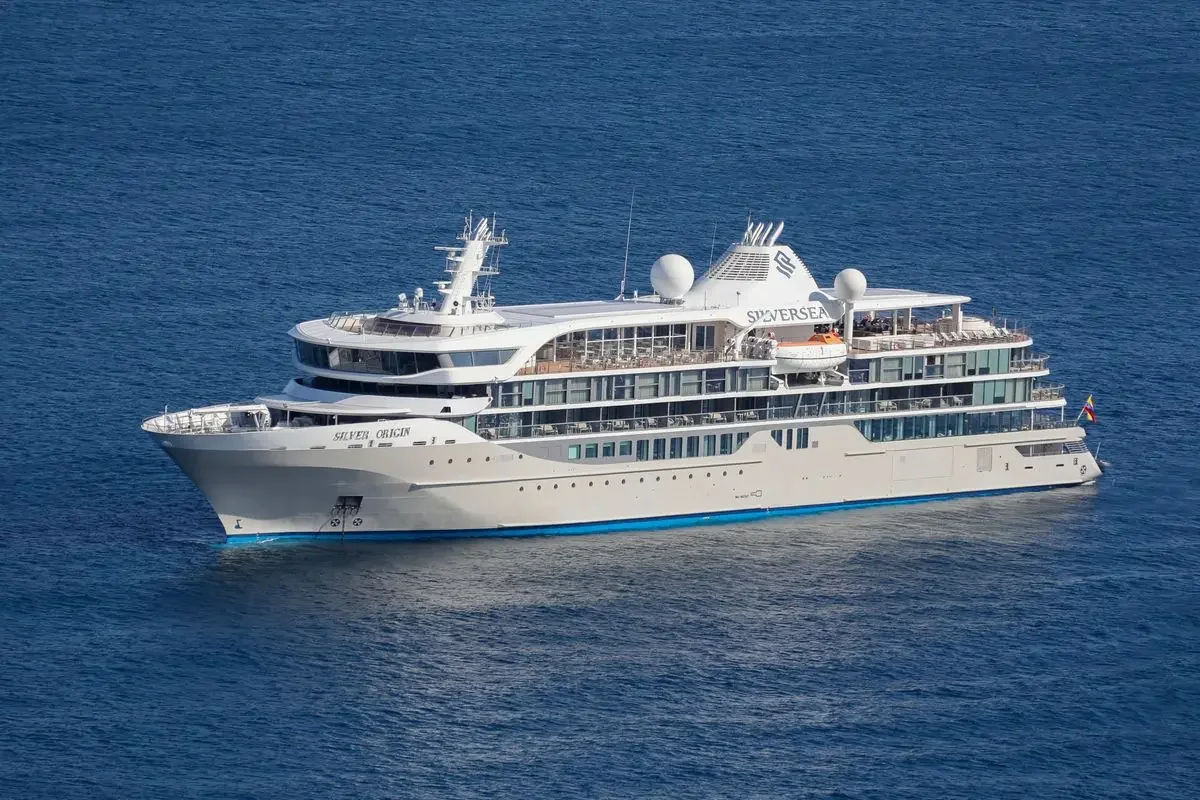
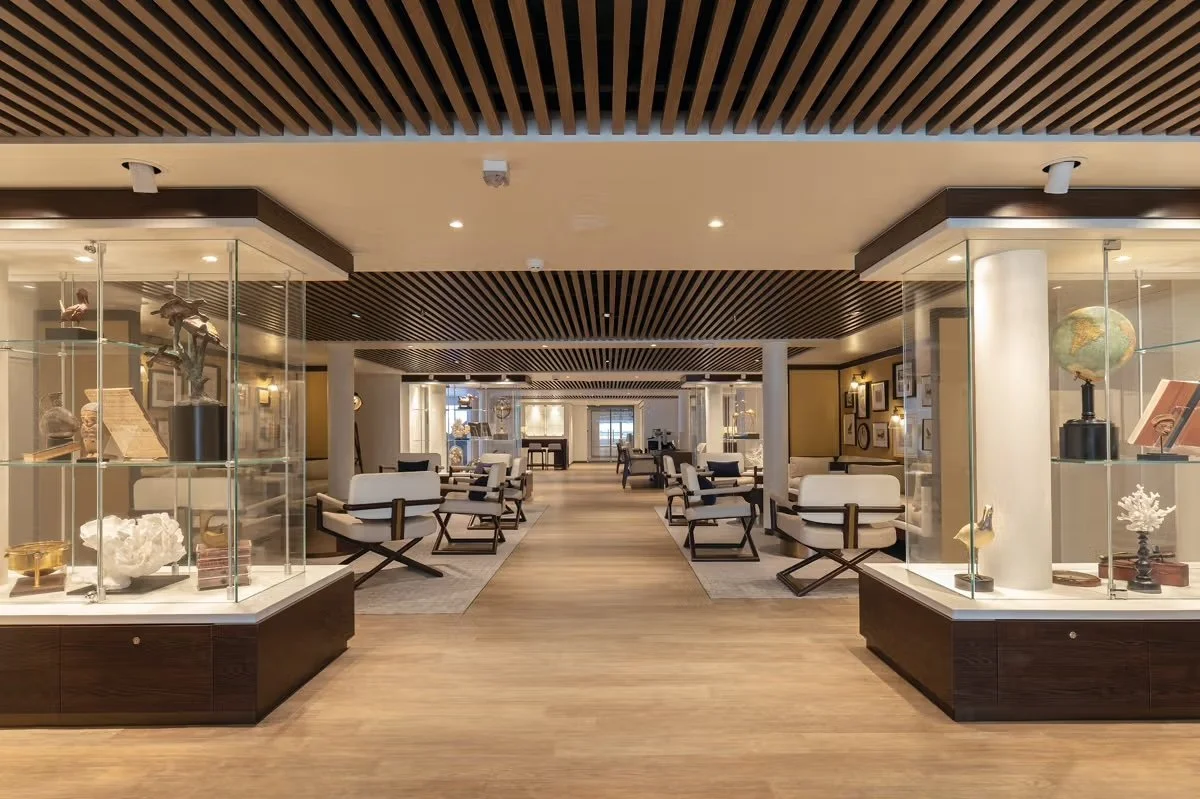
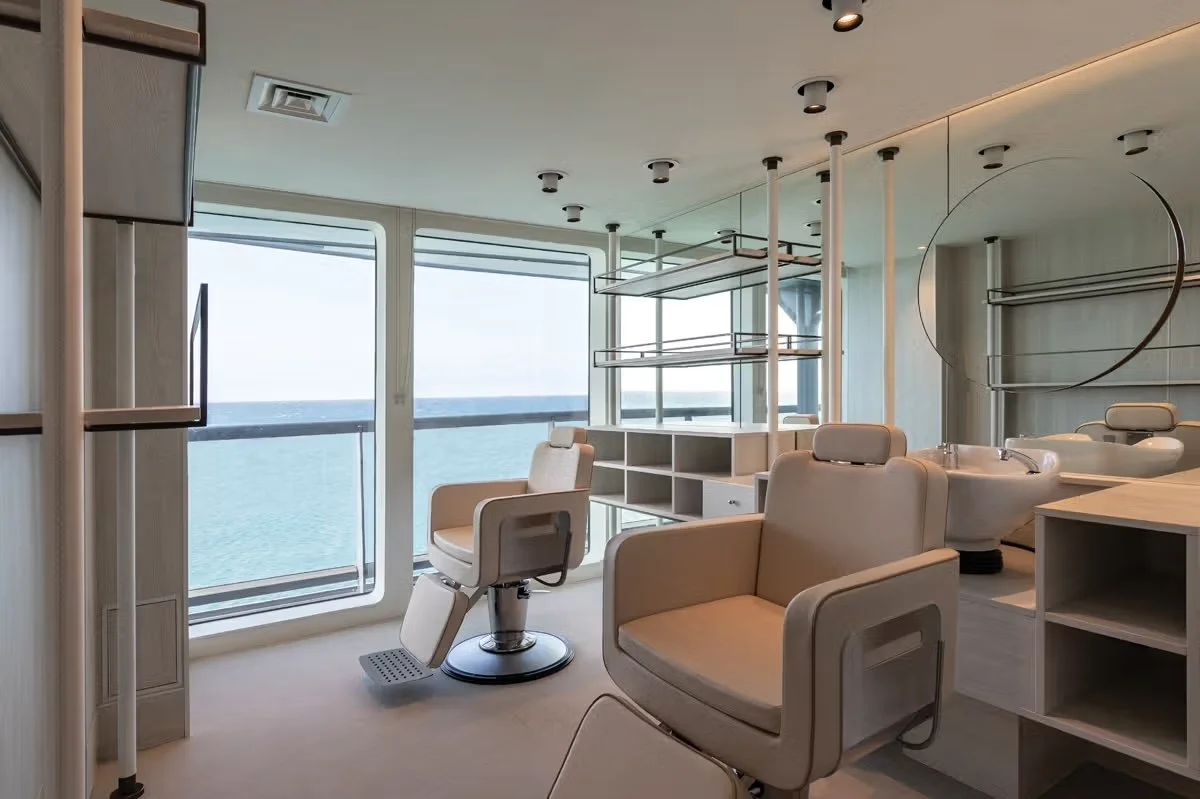
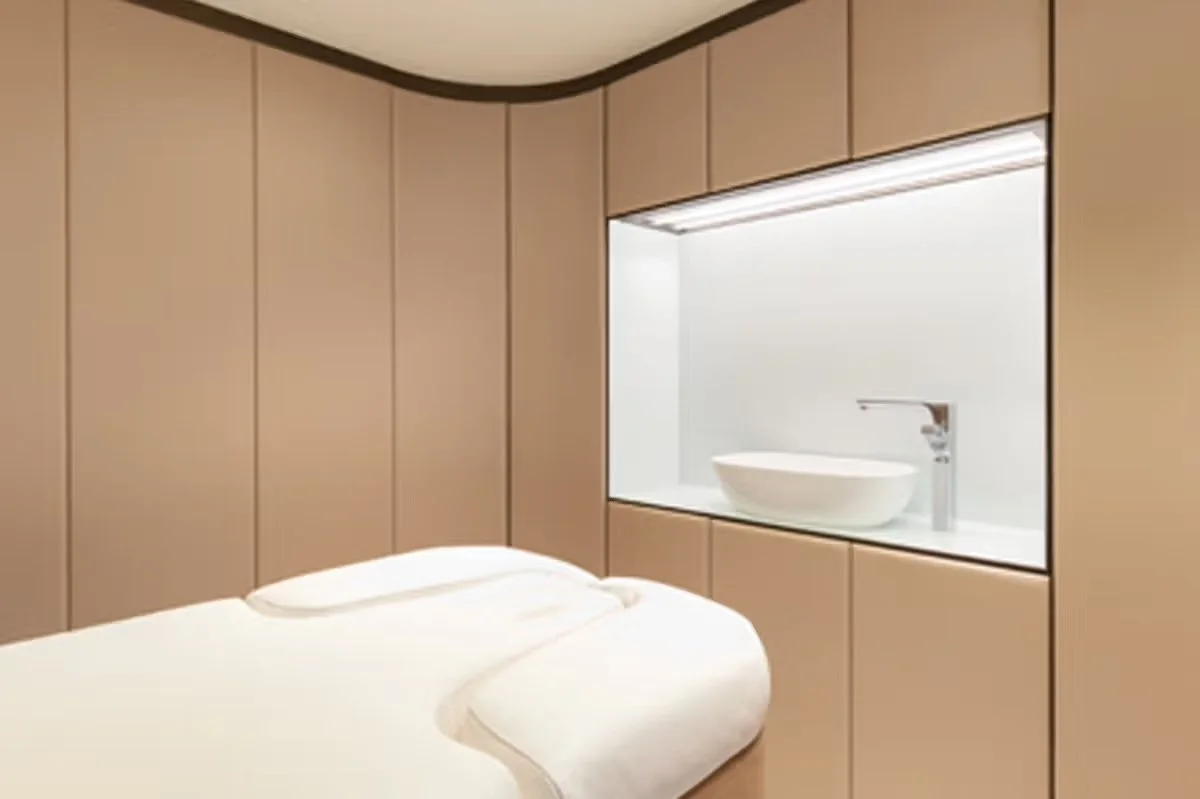
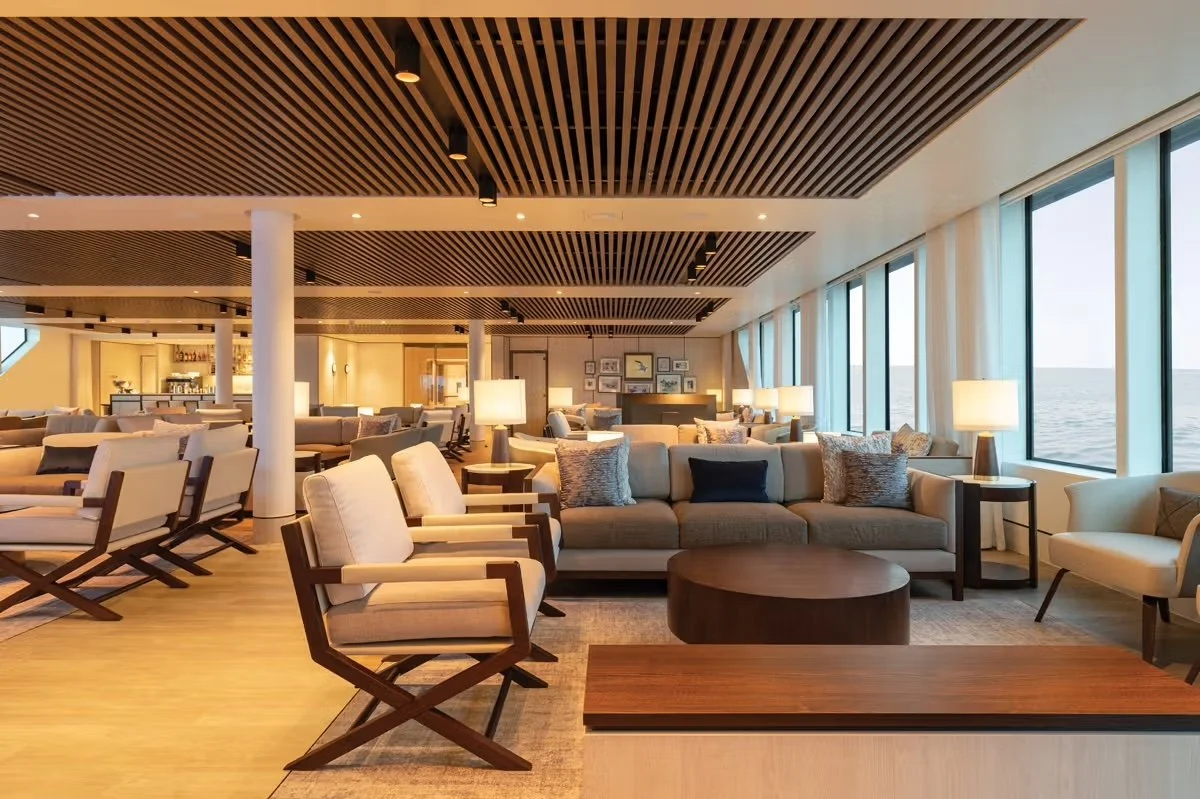

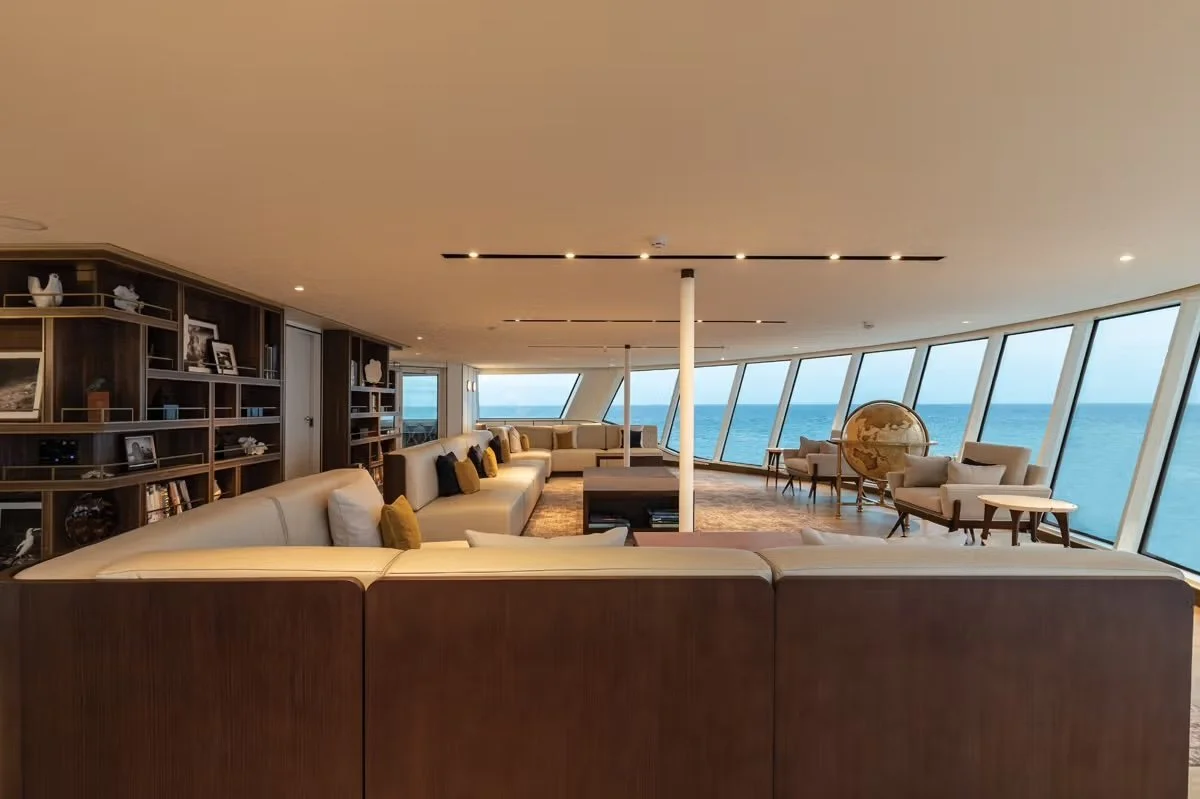
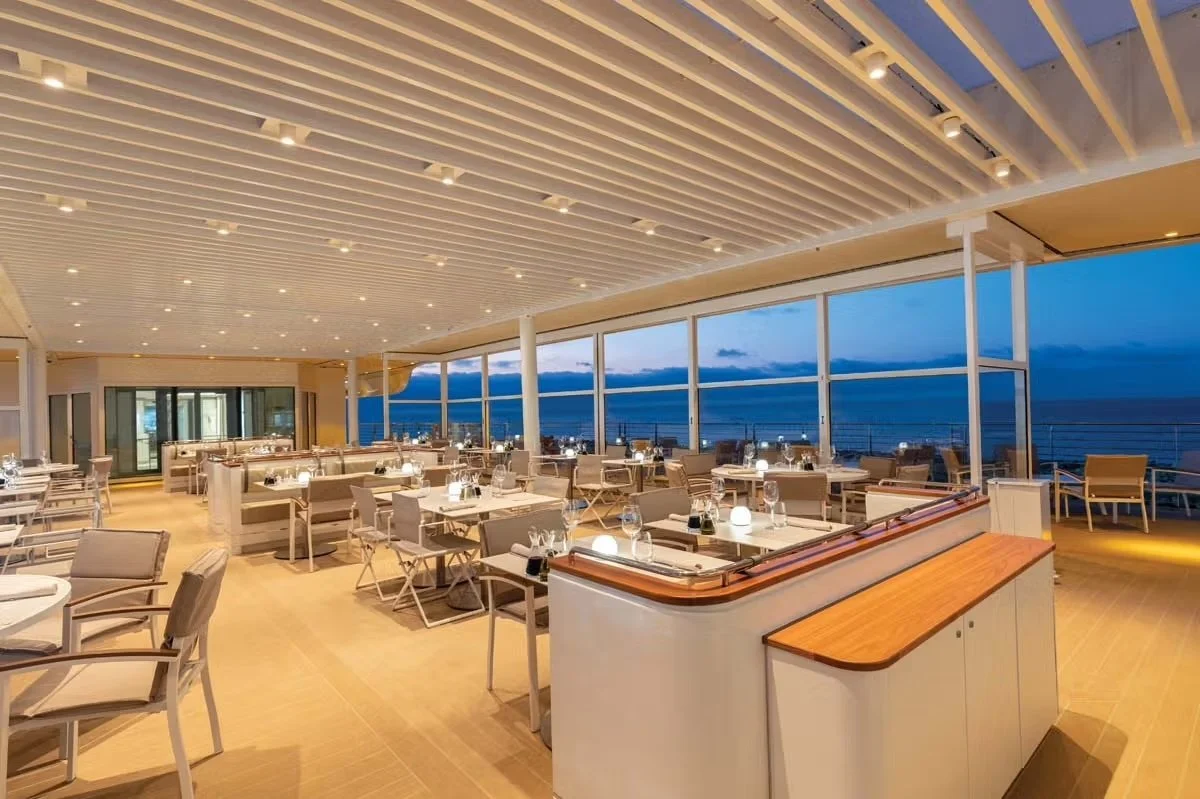
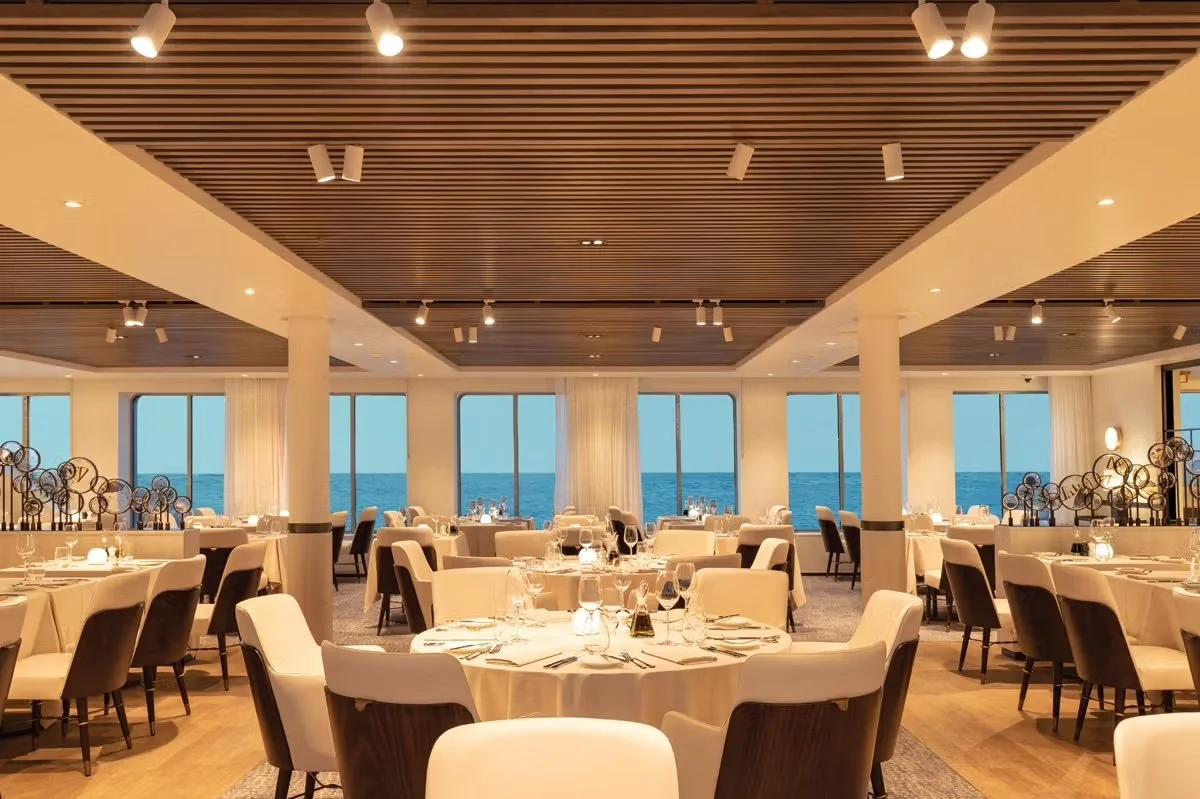
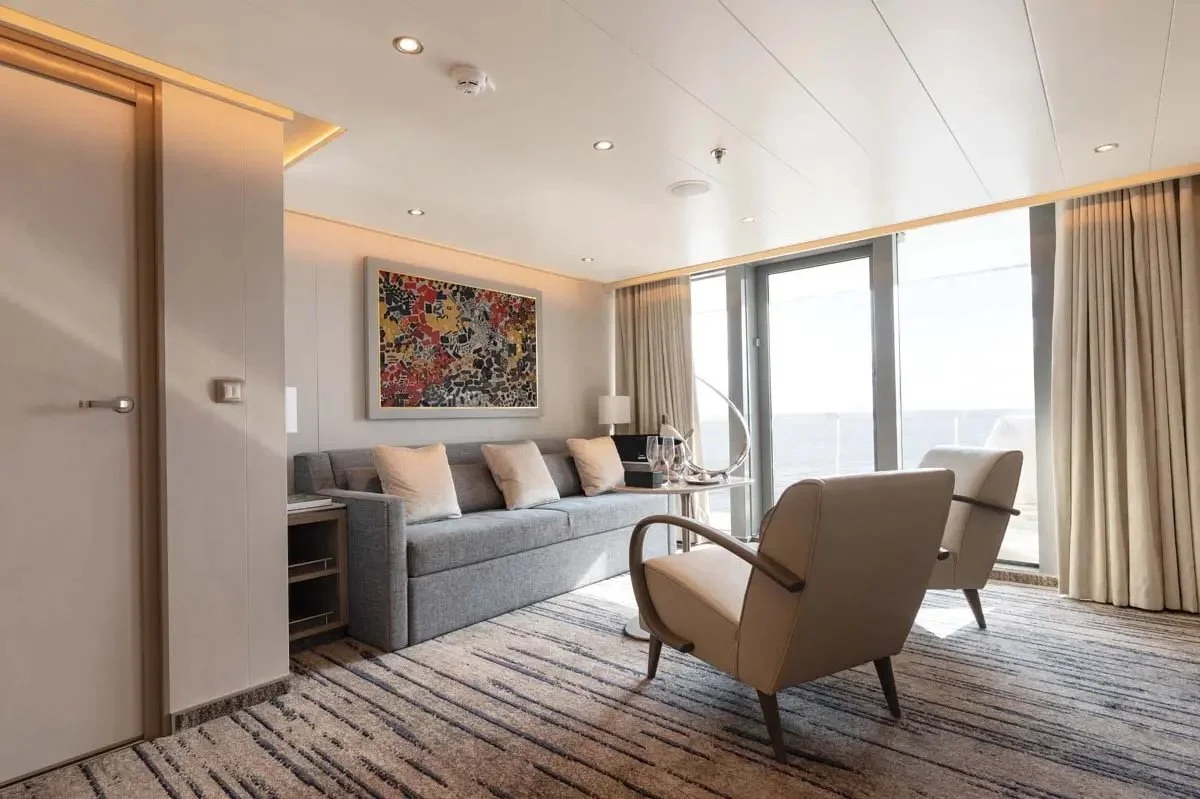
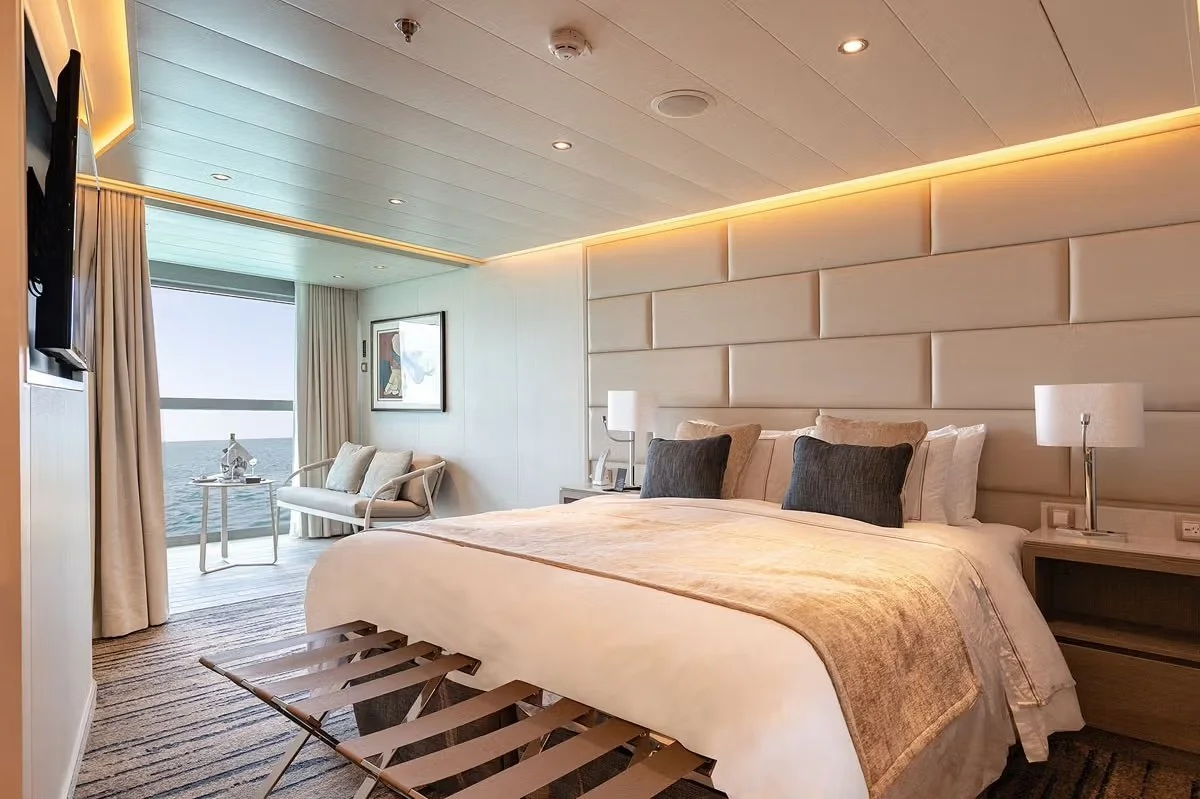
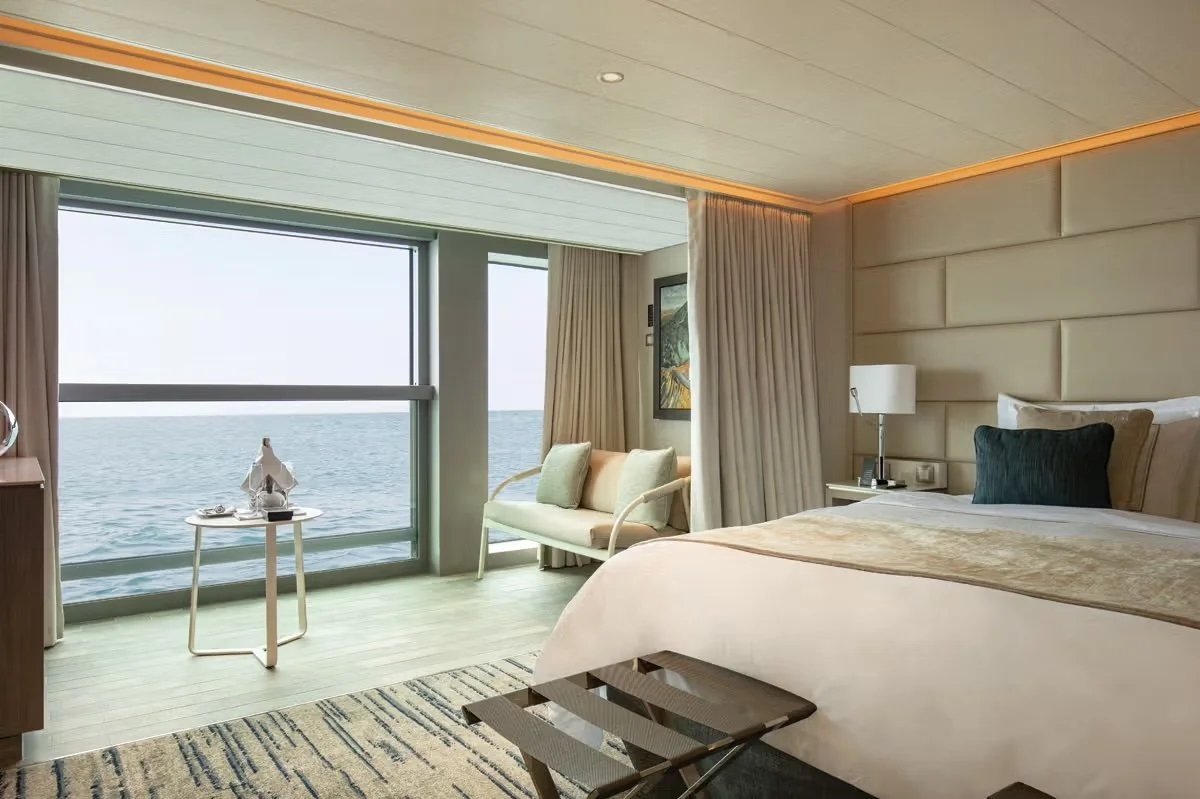
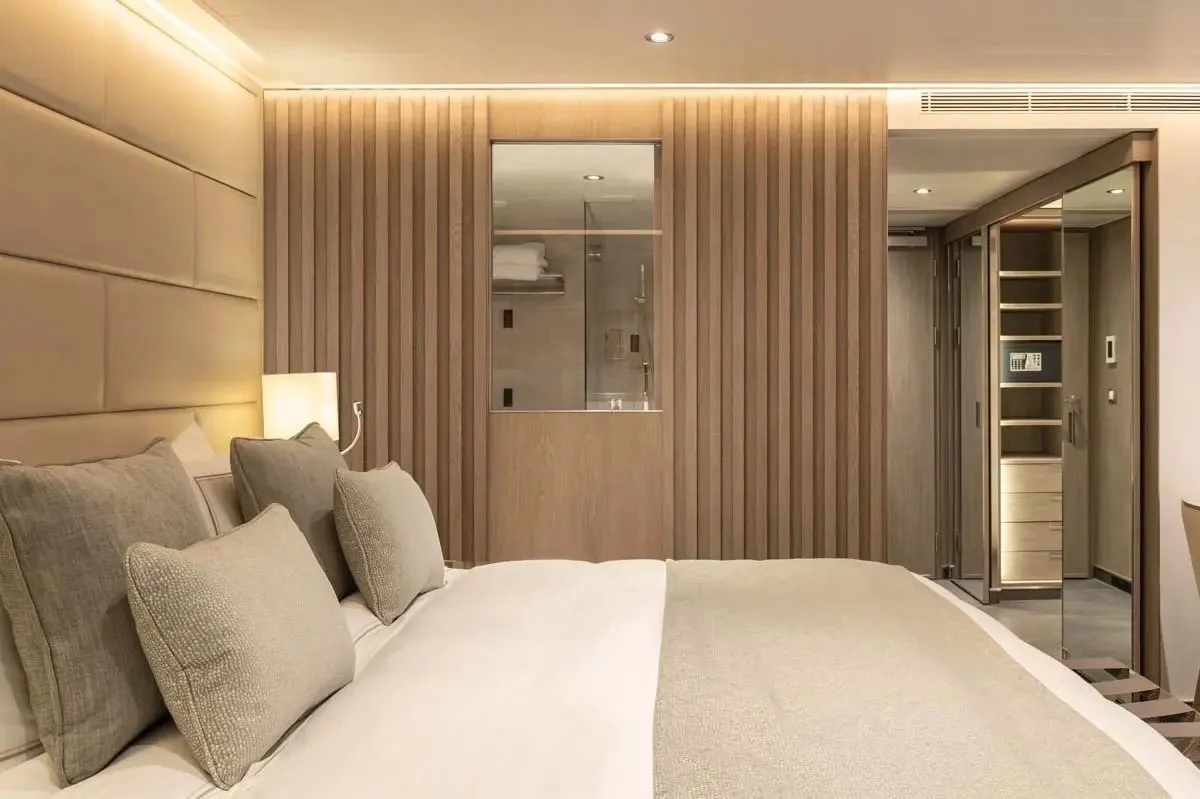
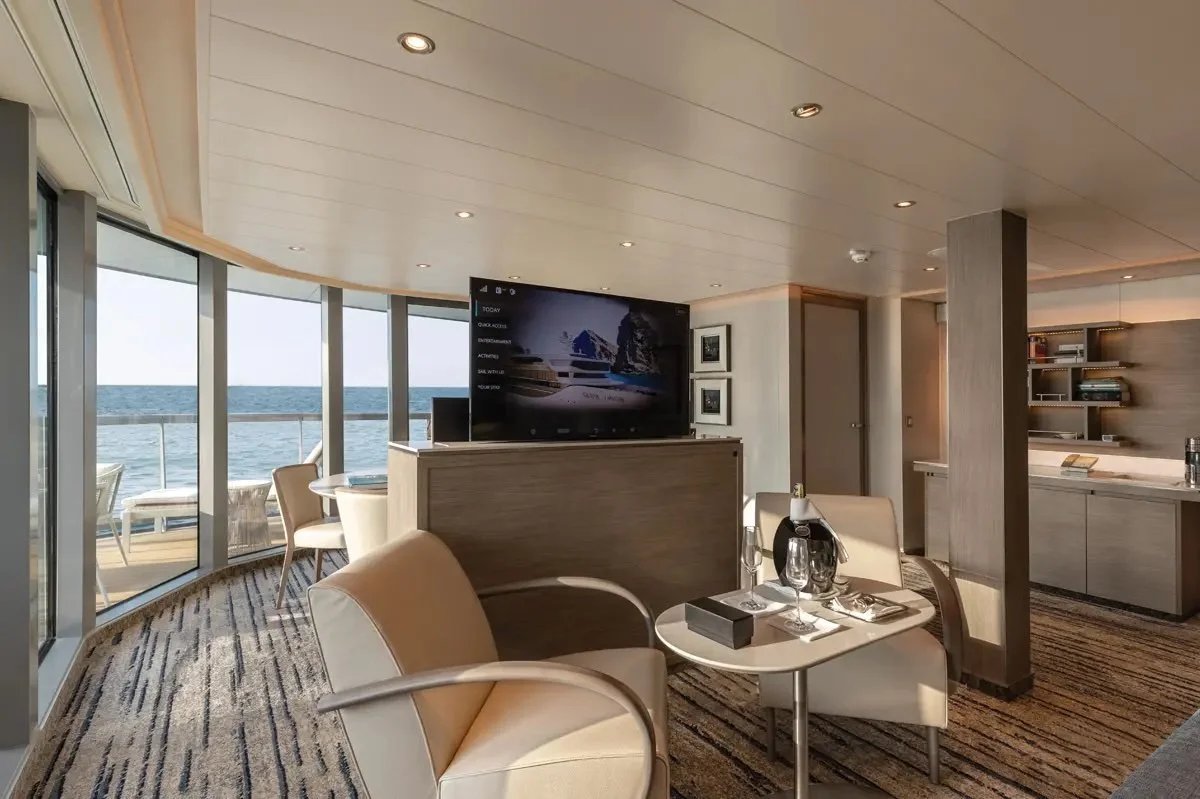
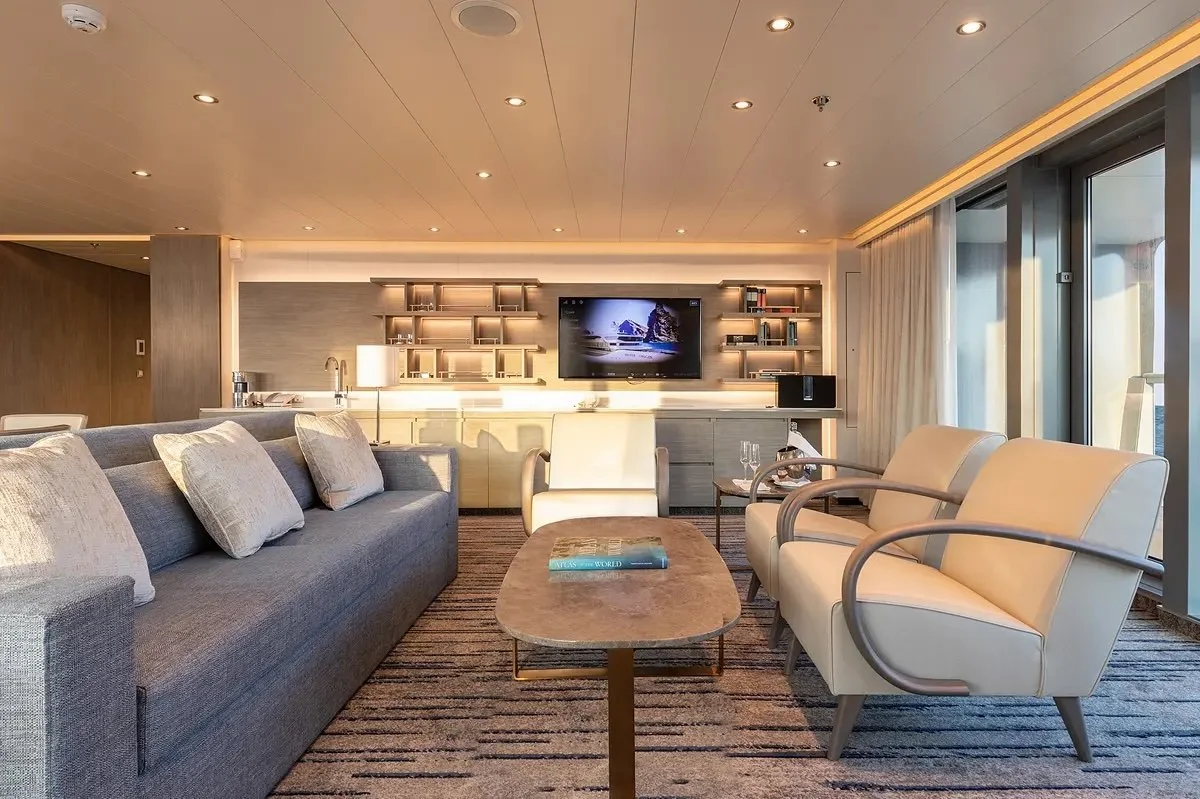
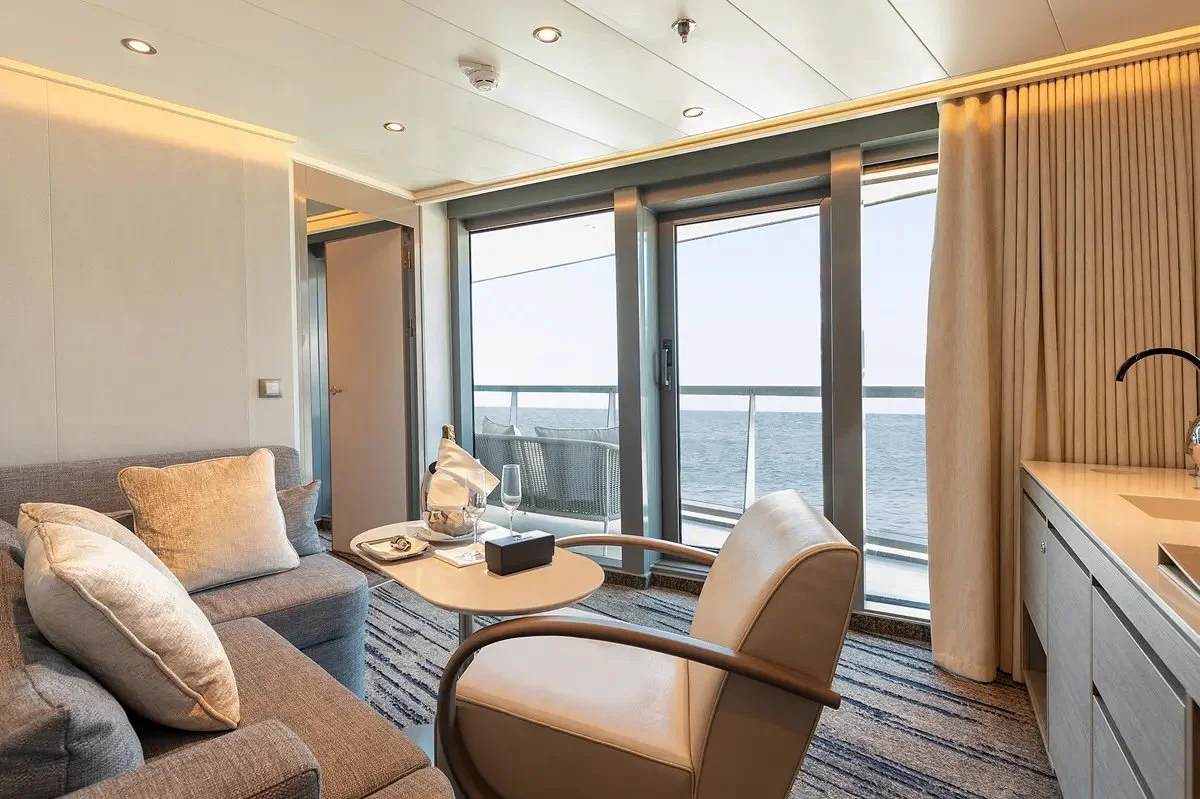
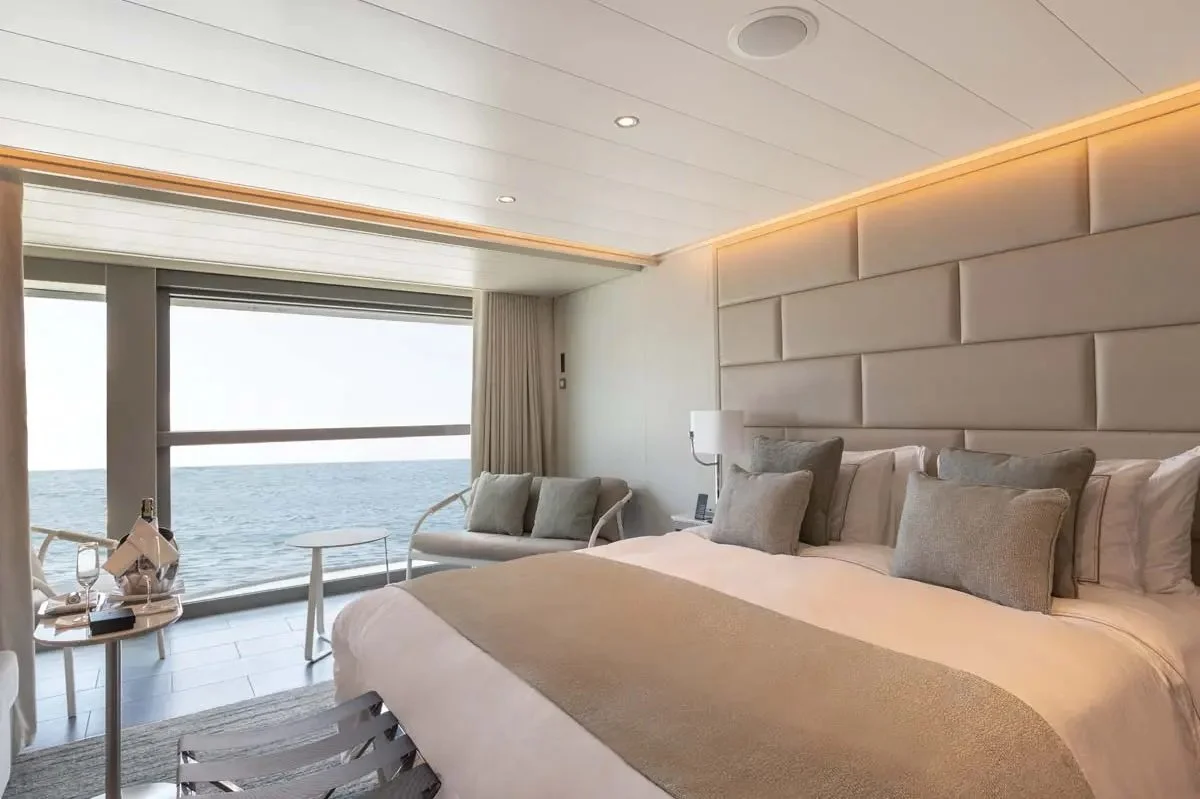
All-inclusive onboard benefits:
STAFF & SERVICES
Butler service for every suite
Personalized service — nearly one crew member for every guest
24-hour in-suite dining
Complementary city center transportation when required by the destination
Port taxes and fees
LEISURE ONBOARD
Choice of restaurants, diverse cuisine, open-seating dining
Coffee, specialty coffees, and fine teas
Beverages in-suite and throughout the ship, including selected wines and spirits
Enrichment lectures and onboard entertainment
Unlimited access to fitness center, spa's sauna, steam room, and relaxation areas (according to opening hours)
UTILITIES & AMENITIES
Complimentary Wi-Fi
Onboard gratuities








